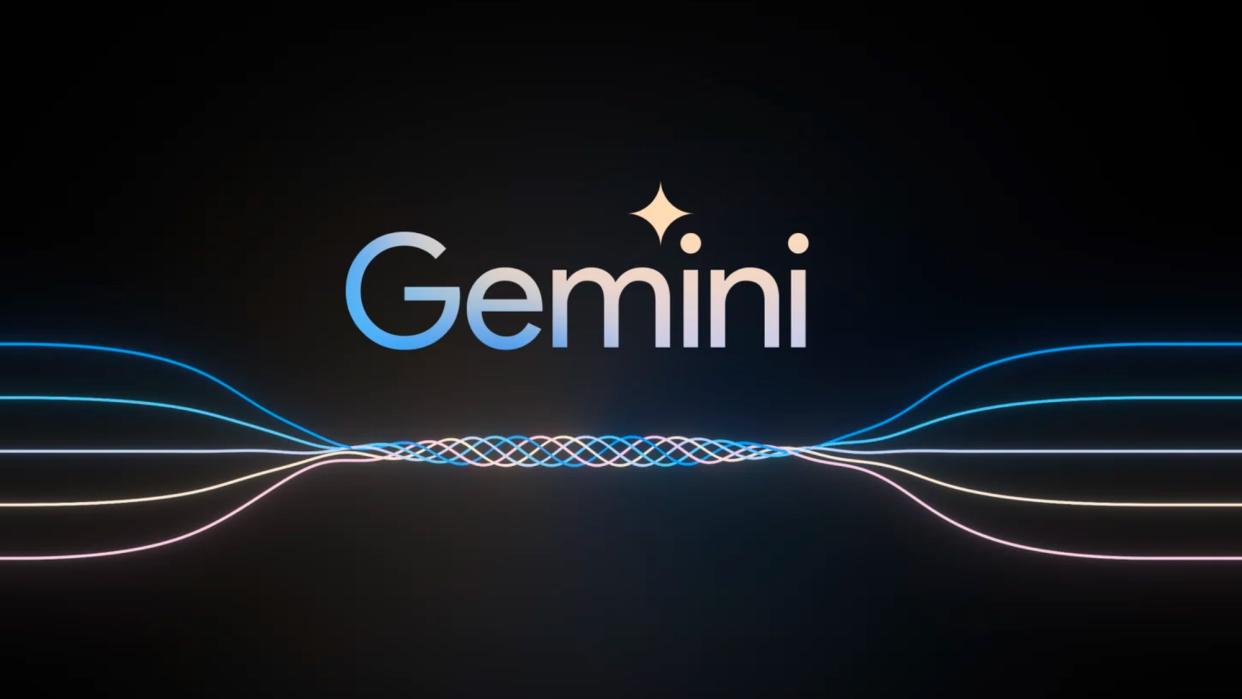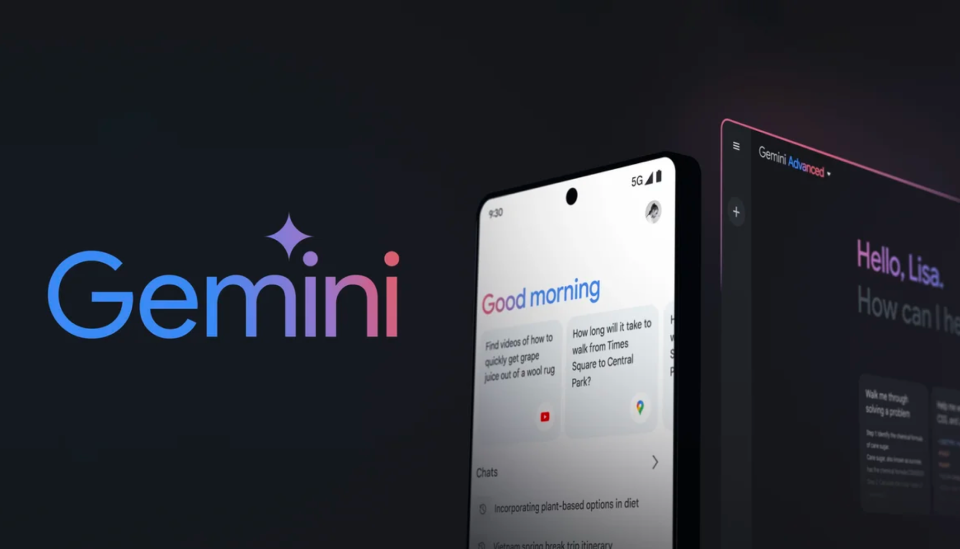Google Gemini: Everything we know about the advanced AI model

Google unveiled its next-generation artificial intelligence model Gemini on December 6 after months of hinting at its development. This is designed to be a direct competitor to OpenAI's GPT range of models.
There are three versions of Gemini. The biggest is the Ultra model capable of "seeing the world the way humans do" through video, audio, text and images. The second is the Pro model, which is powering Google Bard and is similar in ability to the free ChatGPT.
The most surprising announcement was Google Gemini Nano, a small version of the AI model that can generate text, be used for conversations, and analyze or summarize existing text whilst running entirely on an Android phone.
In February Google announced it was renaming its Bard chatbot to Gemini and would be integrating its functionality into various products including Workspace.
Google Gemini: Latest news (February 23)
What is Google Gemini
In the world of artificial intelligence, the large language model is currently king. Capable of generating a range of content and handling natural language interactions, they power tools like Microsoft Copilot, ChatGPT and Bard.
Gemini is the first product launched from the merger of all Google AI teams including previously arms-length British AI lab DeepMind earlier this year.
It was trained to be multimodal from the ground up. This means that its training dataset included images, video, audio, code, and text. Other models are trained on different types of data separately and then stitched together.
Gemini is the name of both the family of large language models and the chatbot that was previously known as Bard. It is also the name of the AI tool in Workspace.
Google Gemini versions
The full functionality is only available in Gemini Ultra, the version of the model that requires the most high-end chips and a data center to operate.
Gemini Ultra is the model that powers the paid-for version of the Gemini chatbot known as Gemini Advanced. This is $19.99 per month.
Running this scale of model is expensive so to combat this, and keep providing a free version of the AI, Google also revealed Pro and Nano, two smaller versions of the AI to run on cheaper chips, run faster and even run on local devices.
How to use Google Gemini

Gemini Pro powers the free version of the Gemini chatbot. Google claims this is on par with GPT-3.5, the previous generation AI model from OpenAI that powers the free version of ChatGPT.
You can see how they compare in a head-to-head for Tom's Guide.
If you have a Google Pixel 8 Pro you may have already used the Nano version of Gemini without even realizing it as it is built into the phone. Developers will also be able to integrate its capabilities into their apps.
What comes next for Gemini?
Most users are likely to utilize the Nano version. This will power text generation, content analysis, summaries, and more in thousands of apps on the Play Store. It will improve search results on Android and boost translation and transcription capabilities.
Google has faced criticism for the way it promoted Gemini, showing a video that made it appear the Ultra version of the model could real-time footage and analyze changes as they happen. This turned out to be a re-creation of still images for the sake of marketing.
Despite these concerns, Google is likely to achieve some remarkable advances with Gemini Ultra once it is released. It is also making all of its models available through its cloud platform for developers to use in their own products so we will see applications and services released that utilize Gemini as an alternative to GPT-4.

